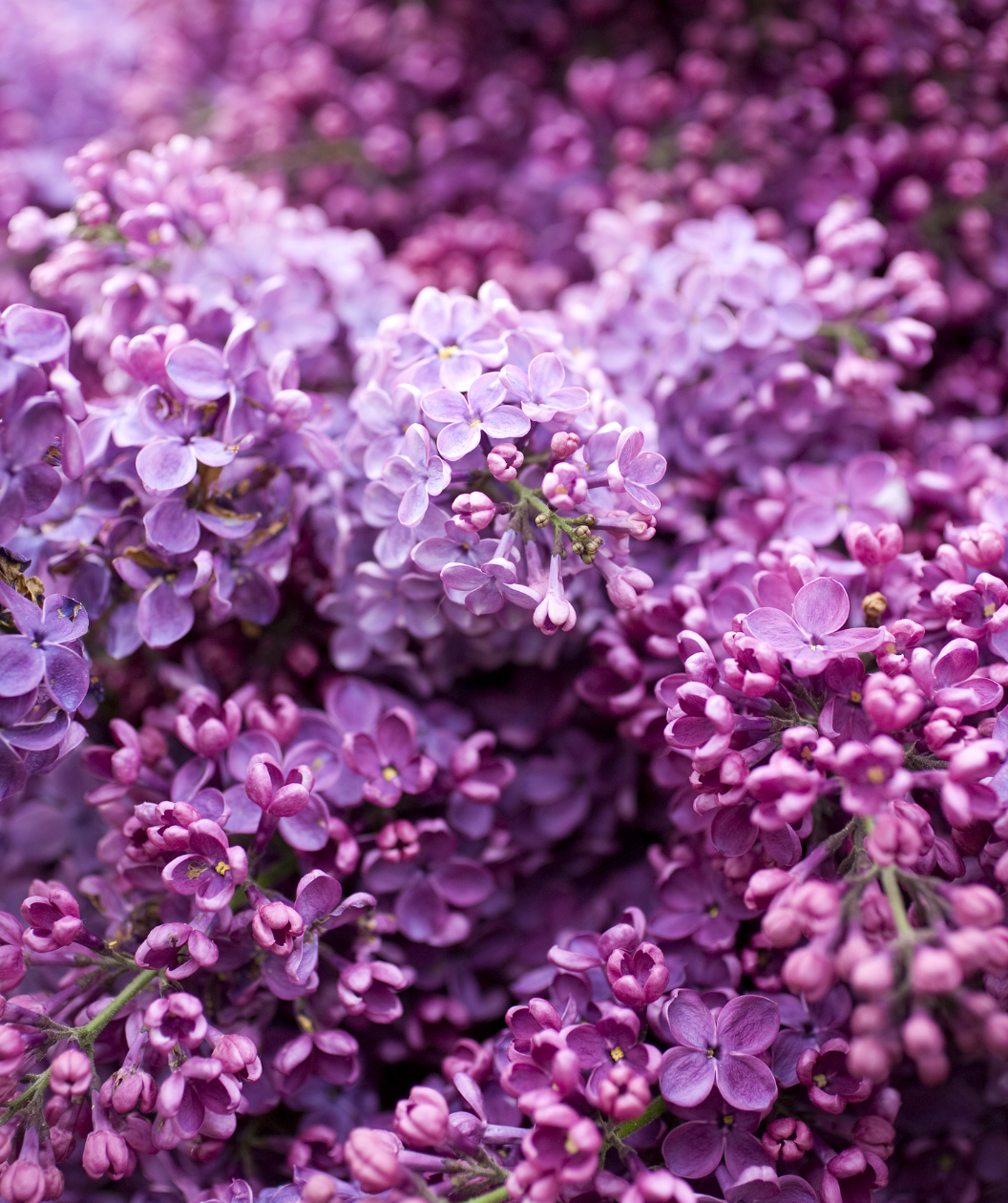


AN OLD-FASHIONED CLASSIC COVERING YOUR LANDSCAPE IN VIOLET BLOOMS
FEATURES:
- Clusters of highly fragrant purple-lavender flowers bloom on elongated stems in spring.
- Olive-green heart shaped leaves accent the cascading flowers.
- Sturdy, upright stems make it easy to share the exquisite blooms in a bouquet or cut floral display.
- Exceptionally cold-hardy, easy to grow, and long-lived.
- Hand selected fresh from the Grower
- Ships in a plant-safe designed box
Growth Facts
- Hardiness Zone: 3-7
- Mature Height: 6 - 10' tall
- Mature Width: 5 - 8' wide
- Exposure: Full Sun
- Spacing: 6 - 12' apart
AN OLD-FASHIONED CLASSIC COVERING YOUR LANDSCAPE IN VIOLET BLOOMS
FEATURES:
- Clusters of highly fragrant purple-lavender flowers bloom on elongated stems in spring.
- Olive-green heart shaped leaves accent the cascading flowers.
- Sturdy, upright stems make it easy to share the exquisite blooms in a bouquet or cut floral display.
- Exceptionally cold-hardy, easy to grow, and long-lived.
- Hand selected fresh from the Grower
- Ships in a plant-safe designed box
Growth Facts
- Hardiness Zone: 3-7
- Mature Height: 6 - 10' tall
- Mature Width: 5 - 8' wide
- Exposure: Full Sun
- Spacing: 6 - 12' apart
Helpful Whispers
I once ran over a Lilac with a Milk Truck!
We had a large and stunning old-fashioned Lilac bush along our gravel driveway in New England when I was growing up. To me, this was a tree, big enough I could get myself into it to climb. My cousin drove the milk truck, and one day I was hiding deep in the Lilac bush, ready to sneak into the truck while he was on his stop at our house. I snuck into the milk truck, released the brake, and went for a short ride down the driveway into an old apple tree - no real damage other than a few broken bottles.
That Lilac was part of our old traditional New England landscape for many years. Today, with so many selections and choices of flowering shrubs, Lilacs are sometimes overlooked, forgotten, and discarded for newer offerings.
Common Lilacs are tough plants, drought-tolerant, wonderfully fragrant, and easy to grow. Growing fast and reaching 8-10 feet tall, plant these where there is ample room to grow, in an area where airflow is strong to provide protection from natural powdery mildews, which can appear as powder-like dust later in the growing season.
Easily maintained for size, Lilacs prune well, but essential to prune immediately after flowering. Common Lilac requires long periods to allow bud maturity for the following year's blooms, including the long winters in northern regions where Common Lilac grows best.
Great for cut flowers, these plants are tough as nails and have no invasive root growth to be concerned with, and deer will choose many other plants long before snacking on Common Lilac.
I added Common Lilac to my landscape for the flowers, ease, and memories to come.
-Don, Retired Grower and Founder of Bower & Branch
Why plant Common Lilac?
Be ready to invigorate your senses with the stunning, and very fragrant, Purple Flowering Common Lilac! This shrub is an ideal option for those who live in colder climates, but also wants to enjoy the beautiful colors of a spring-flowering shrub. A hardy shrub that brings spring color to the coldest of locations. Enjoy Common Lilac in a hedge, or use as a focal point and pick flowers for your dinner table. The possiblities with this shrub are endless!
Fun Fact: Rochester, NY, Rochester, NH, and Spokane, WA - all have the affectionate nickname of the Lilac City!
How to use Common Lilac in the landscape?
Focal Point planting where its color can be appreciated, near a window where its fragrance can waft in thru an open window on a warm spring day.
Give it a couple of years to get established so you can enjoy the glory of its flowering each spring. common lilacs can live for years and years, often 100+ years.
Planting Zones
Hardiness Zone: 3-7
How To Plant Common Lilac
Growing Lilac is simple. Give it a position in full sun for the most flower power and densest foliage. It isn’t too fussy about soil, but it must drain well. Provide regular irrigation (once a week if no rain falls), and feed in the spring with Bower & Branch Elements™ Plant Food Fertilizer. Prune immediately after blooming has ended if necessary. Few pests or diseases problems, and it prefers cold climates and performs much better in the North than in the South. In hot, humid climates, the foliage may curl or scorch in summer, and it may drop some leaves early.
How To Water
You should water your Lilac after planting. Water again when the top inch of soil becomes dry usually once or twice per week.
How To Fertilize
Feed your Lilac in early spring before new growth arrives with our Elements Starter Plant Food!
How To Prune
Prune as needed immediately after flowering. Prune spent flower heads off in late spring will improve the health of the plant by preventing plant energy from being used in developing seed heads. Annually pruning out suckers from the base will help keep your lilac tidy and keep it from spreading but this is optional.




